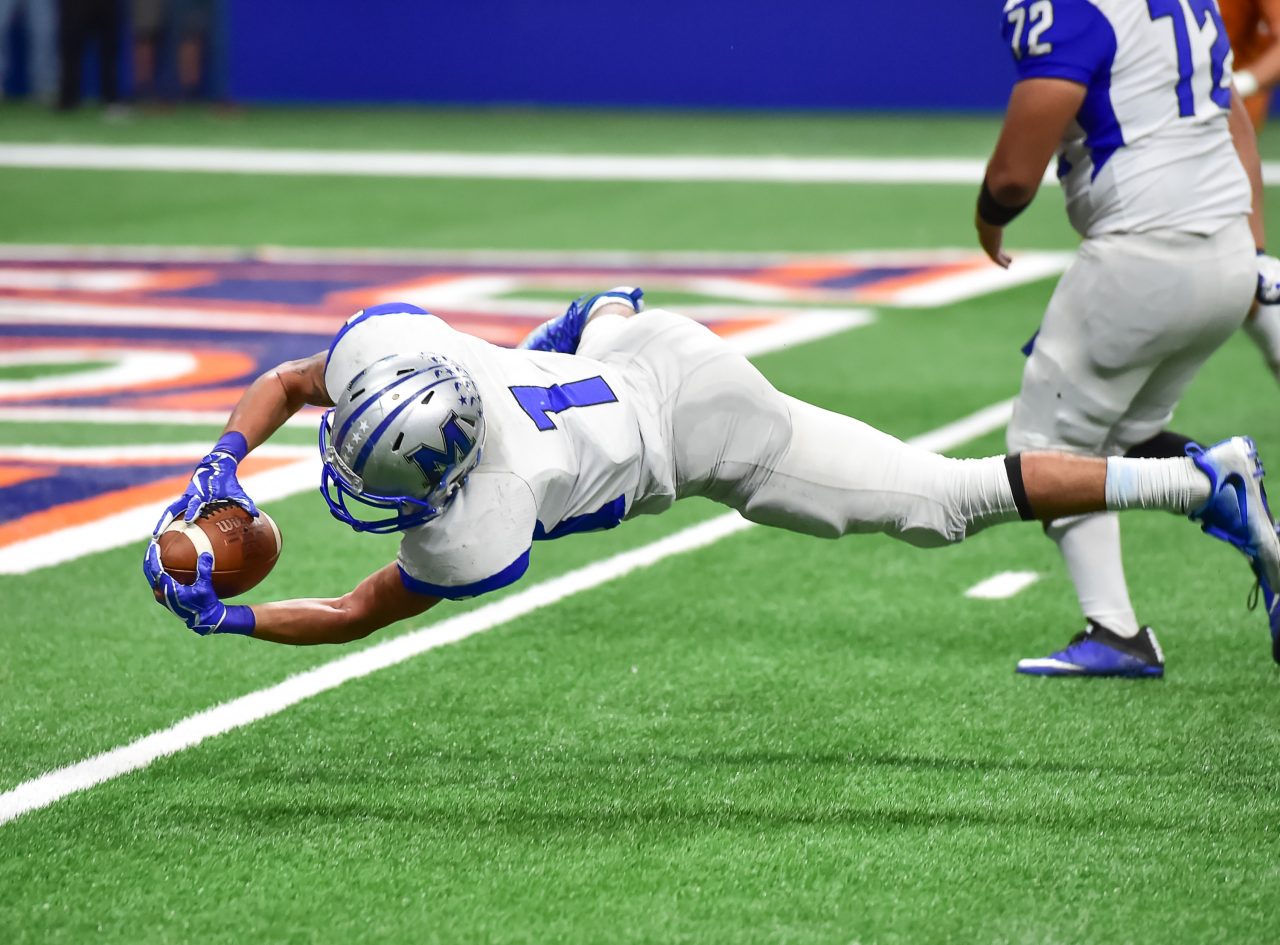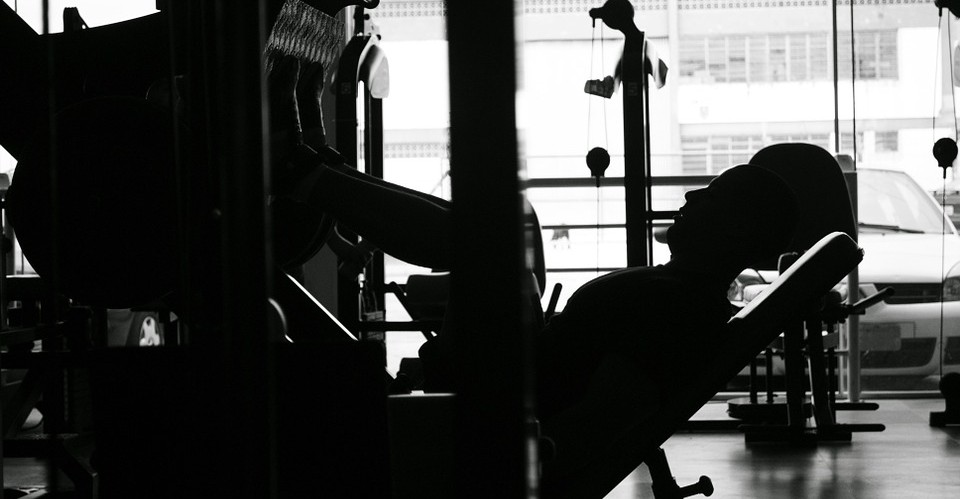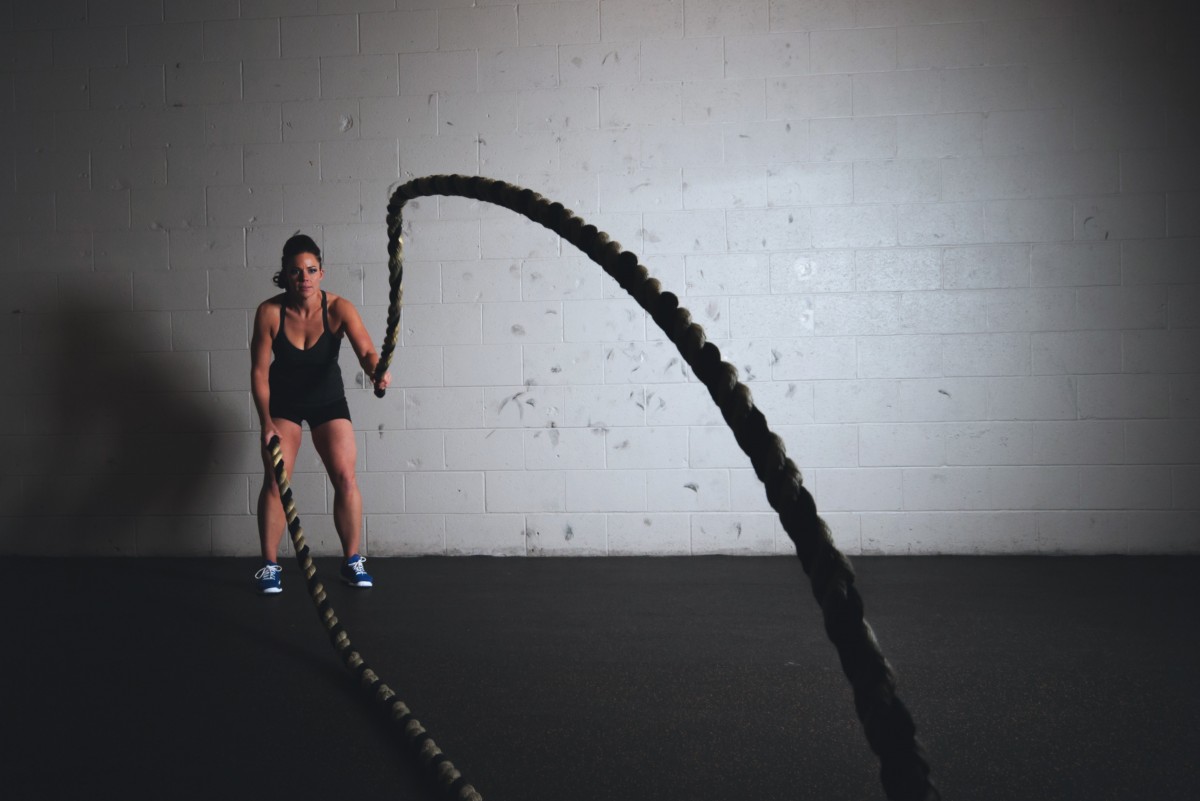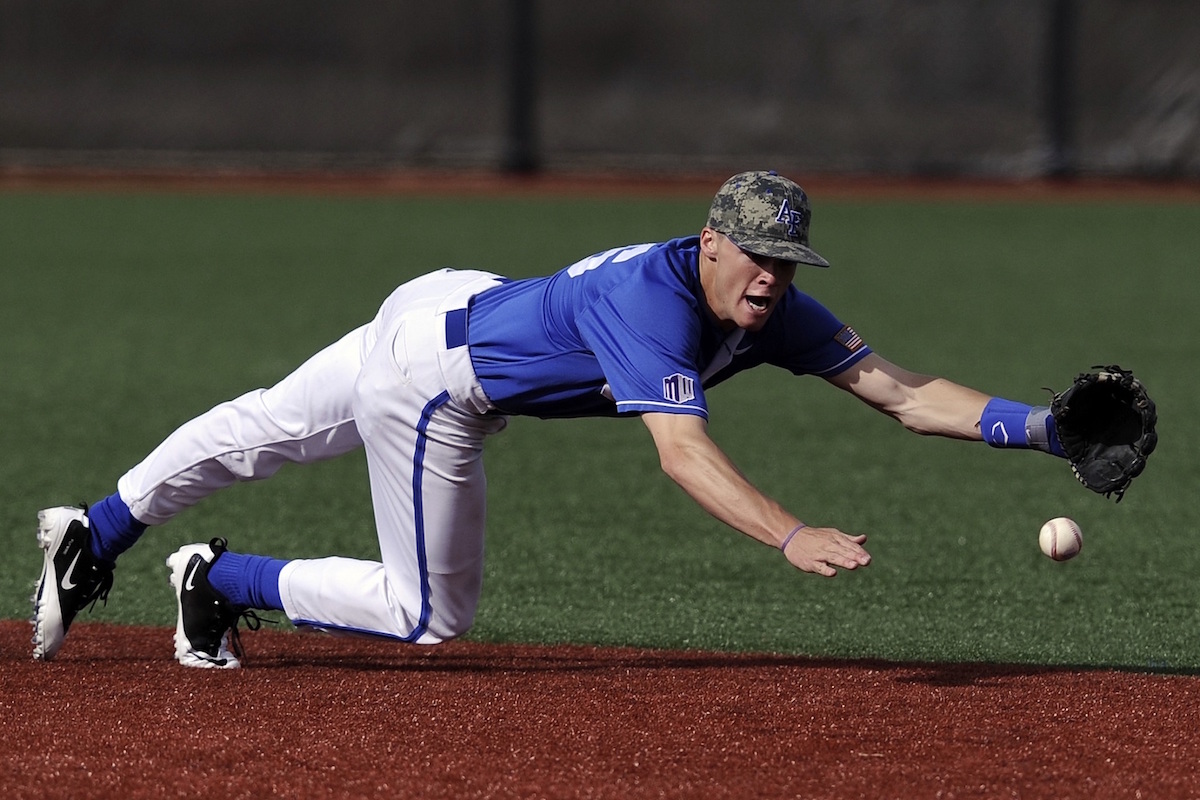Complex training
If you are in the strength and conditioning field long enough you will see old ideas come back under new names. One of those ideas is complex training, which is now often seen in the research as post activation potentiation. Simply put, complex training combines a heavy strength exercise with a power movement. The idea is that the strength exercise recruits the nervous system and the power exercise takes advantage of that recruitment. In other words, doing the strength exercise before improves performance on the power exercise.
Complex training is meant to be set up like a bodybuilding superset except that the athlete needs to fully recover after each of the exercises (i.e. one to two minutes rest after each of the exercises) before moving on to the next one. For example, one to two squats at 90% of maximum, recover, then five to ten vertical jumps, recover, then repeat for the next set.
Below are some guidelines for complex training:
- Pair exercises that have similar movement patterns. For examples, squats and vertical jumps.
- The strength exercise needs to be heavy enough to recruit the athlete’s nervous system, so around 85-90% of maximum.
- The power exercise needs to be light enough to allow the athlete to be fast and explosive, so no more than 80% of maximum.
- The athlete needs one to two minutes to recover after each exercise.
- The point is to make the athlete explosive, not tired. No more than one to two repetitions on the strength exercise each set.
Below are suggestions with how to pair exercises during complex training.
| Strength exercise | Power exercises to combine it with |
| Back squats | Any vertical plyometric Medicine ball throws behind Medicine ball throws straight up Behind the neck jerks Push jerks behind the neck |
| Front squats | Power cleans Any jerk Any vertical plyometric Medicine ball throws behind Medicine ball throws straight up |
| Clean pulls, no explosion | Power cleans Any vertical plyometric Medicine ball throws behind Medicine ball throws straight up |
| Snatch pulls, no explosion | Power snatches Any vertical plyometric Medicine ball throws behind Medicine ball throws straight up |
| Kettlebell swings | Any horizontal plyometric Medicine ball throws behind Medicine ball throws forward |
| Bench/incline/decline press | Any variation of the medicine ball toss (standing, lying, against the wall, etc.) |
| Any heavy row | Medicine ball throws behind Medicine ball throws forward |
Now the big question, does complex training work? The answer is no and yes. No in that it is not actually a superior way to train to improve power, it’s one of those things that sounds really good. Yes in that it’s a really good use of an athlete’s time especially during in-season training. It allows for more work to be done in less time and provides some great variety! Yes in that it doesn’t hurt an athlete’s performance either.




